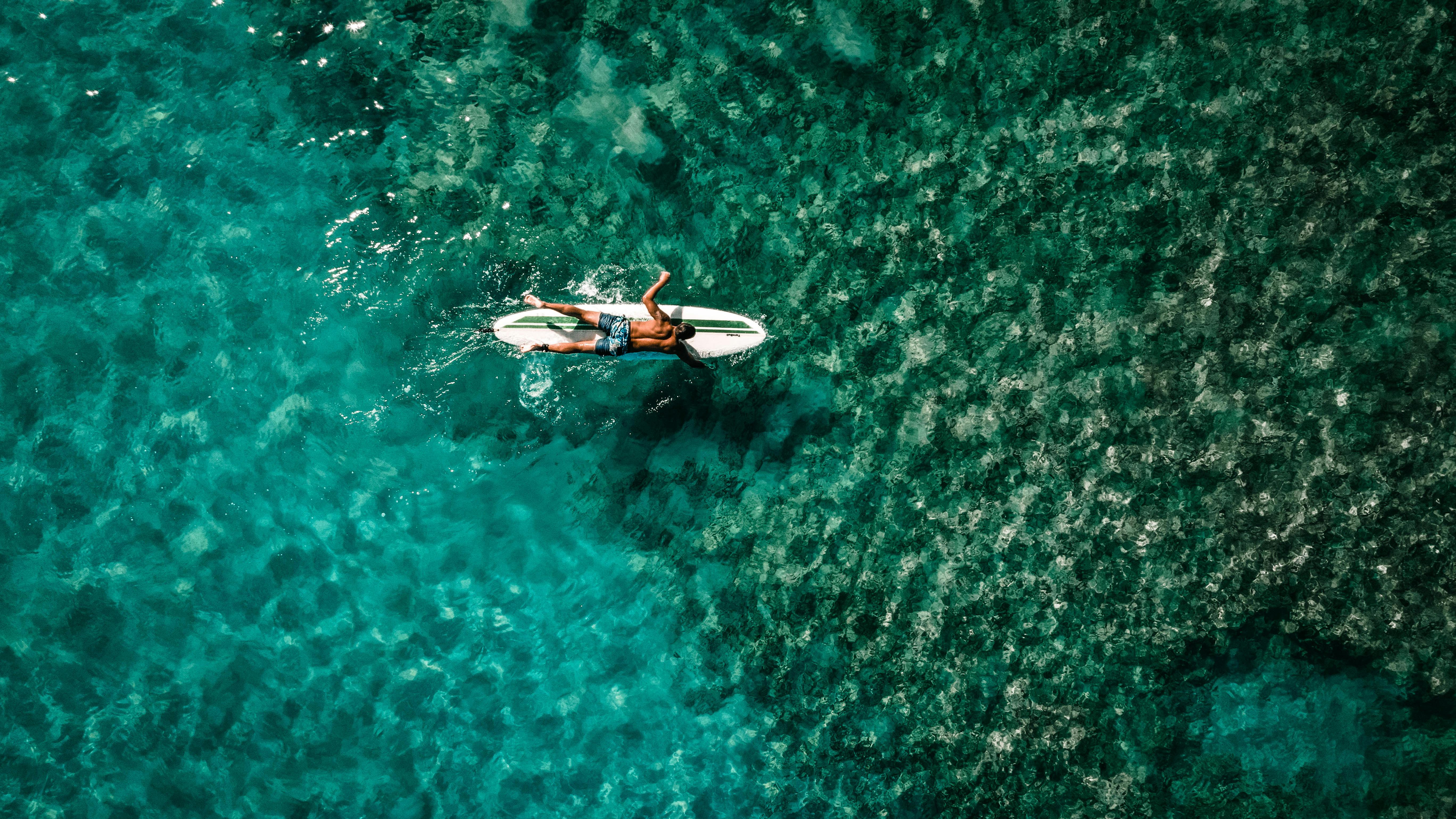
Margaret Island Budapest – Margitsziget Budapest
Isla Margarita is 2.5 km long and at its widest part there is a huge park 500 m wide. The island is one of the most popular places in Budapest for walking, bathing, having fun and playing sports. It is likely that the Romans once occupied the island, as remains of villas and watchtowers dating from Roman times have been found here. During the Middle Ages the Templars of San Juan built the castle-monastery in the southern part of the island. The Dominican order was also established here, in which the daughter of King Bela IV, (Saint) Margarita, lived and died. It was from her that Isla Margarita, once called Isla Conejo, received its current name. Medieval buildings were destroyed during the Turkish occupation and only since the late 18th century has the island been turned into a well-kept park. The owner of the island at the time, Palatine Joseph, planted flowers, trees and plants here and had summer houses built here. At the end of the 19th century, deep drilling operations brought medicinal hot spring water to the surface, and subsequently Isla Margarita became an internationally renowned bathing and recreational area.
The Arpad Bridge crosses the Danube River at the northern tip of Margaret Island and there is a road that takes you to the island. The length of the Arpad Bridge is almost 2 kilometers and its length over the water is 928 meters. It was completed in 1950, but has since been expanded.
Private cars can only enter the island via the Arpad bridge and only to the parking lot next to the Grand Hotel Margitsziget and the Danubius Thermal Hotel Margitsziget. However, any part of the island can be reached by bus, taxi (taxi) or minibus service.
The Danubius Thermal Hotel was built in the northern part of the island, near the road that leads to the Arpad Bridge, next to the charming Japanese garden. The Grand Hotel Margaret Island is nearby. In the center of the island is the open-air State Opera Theater, where opera and ballet performances and concerts take place every summer. The stage, surrounded by ancient trees, has an area of 1,400 square meters. The Water Tower overlooking the theater was built in 1911.
The old Premonstratensian chapel near the Grand Hotel is a reconstructed historical monument of medieval origin. The 12th century Romanesque church was destroyed during the Turkish occupation and was rebuilt in 1930-1931 taking advantage of the remaining walls. (The south wall of the nave with the two windows ending in a semicircle is from the original building.) Busts of prominent Hungarian authors and artists line the neighboring promenades. Amid the ruins of Margaret Island the thirteenth century Franciscan church have survived. Recent excavations have uncovered additional sections of the sanctuary, the sacristy, and the old monastery. Next to it are the walls of the former palace of Palatine Joseph. The church of the Dominican nuns (east of the Torre del Agua) is another monument worthy of interest. Evidence from the unearthed remains suggests that it was originally a single aisle with an octagonal tower on its western side. Next to it are the remains of the courtyard for converts, the cloisters and the convent rooms.
The island can be accessed from the south via the Margaret Bridge built in 1872-1876 according to plans by E. Gouin. The underground passageway that runs from the bridge to Margaret Island was added in 1901. The bridge was blown up by fascists in late 1944 during rush hour. It was rebuilt in 1946-1848 .. (Tram stops N ° 4 and 6 are located at the entrance of the Island. Bus N ° 26 takes passengers to the island from Nyugati ter next to the West train station).
A bronze monument (by Istvan Kiss) erected in 1972 in commemoration of the centenary of the unification of Pest, Buda and Obuda welcomes visitors who arrive at the southern entrance of the island. Behind him is a fountain illuminated every night in colors.
On the left side of the island (on the shore towards Buda) is a sports stadium (called Pioneer’s Stadium in the socialist era).
The next sports establishment is the National Sports Pool, the scene of international swimming competitions and water polo matches. The builder Alfred Hajos was a swimming champion at the first modern Olympic Games held in 1896. The establishment has one indoor pool, two outdoor pools and a third with a high diving board and a capacity for 6,000 spectators. Except during training sessions and competitions, the pool is open to the general public.
On the other side of the island, on the shore in front of Buda, is the Palatinus public outdoor swimming pool with hot and cold pools and a pool with artificial waves. The bathroom facilities cover an area of 70,000 square meters and can accommodate up to 20,000 people. On the other side of Margarita Island in Obuda we find the remains of the Aquincum that dates back to Roman times.
For photos and more information on the places mentioned on Margaret Island, visit my updated Budapest blog site.